Mulching Tips for Spring
Each year, trees create natural mulch from falling leaves and surrounding landscaping, especially in areas with a naturalized landscape. Did you know that it can take between three and eight years in total for wood chip mulch to completely decompose, according to the homesteading blog Off Grid Grandpa? If you're wondering how to prepare your own yard when it comes to mulching, there are a few tips to keep in mind this spring.
Know Your Purpose
Adding mulch around trees and other landscaped plants can be done for aesthetic purposes. However, it is most often done to help with providing nutrients and moisture to the plant over an extended period of time. Additionally, adding mulch around a tree or plant can also prevent the fast growth of weeds while simultaneously working to protect the root system of a plant or tree. Once you know why you need mulching, you can better decide where to put it.
Pay Attention to Your Trees
You may be wondering if it's necessary to mulch around your trees, especially if you are already in a naturalized landscape. If your trees already have natural mulching around them from fall leaves, there is no need to mulch. Both needle drop and fall leaf are considered natural mulch and can be treated as such.
For those who have a traditional landscaping job or a manicured lawn, it may be best to mulch around your trees. This can help with providing a natural mulching environment that helps trees and surrounding shrubs to grow healthily. Whenever you are adding mulch around trees in your yard, be sure to avoid adding too much around the trunk of your trees. When too much mulch is overloaded onto the trunk of a tree, you run the risk of blocking the tree's oxygen intake or causing the tree to become waterlogged during heavy rains and storms.
Know the Best Timing
Mulching will depend on what region you live in as well as the type of flowers, plants, and trees you have on your property. Most individuals choose to apply mulch in the springtime while planting a new garden and trimming or tending to existing trees. In some cases, however, it is best to apply mulch in the fall if you want to protect your trees from harsh winters.
Have a Plan for the Old Mulch
Knowing how to handle any old mulch that is already in place can help you this spring when adding new mulch or changing the layout of your garden. If you have any old organic mulch in place, there is no reason to remove it from your surrounding trees, plants, and flowers. Most often, organic mulch will begin to break down on its own, allowing the mulch material to become absorbed and incorporated into the surrounding soil. This will allow the mulch to provide additional nutrients for your flowers and trees.
If you are concerned that there is too much mulch building up around a tree or another plant, you can mix the organic mulch up to loosen it. Loosening the mulch will allow airflow and prevent the area from becoming potentially waterlogged, especially if it is packed too closely together. Loosen up the mulch to provide a more organic airflow and natural environment for the surrounding trees and plants.
Prepare Properly
Before you can get started with mulching, it's best to familiarize yourself with your surroundings as well as the type of plants and trees you have in both your front and backyard. Assess which trees have naturalized landscaping and which are more manicured to determine which require mulching. The more familiar you are with the type of shrubbery and trees that you are working with, the easier it will be to determine when it is time to apply mulch. One of the best ways to ensure your landscaping turns out exactly as you envisioned is to turn to professionals who provide landscaping and mulching in both the spring and fall.
Knowing how and when to mulch in your yard is essential whether you take pride in your landscaping or simply want to maintain the trees and shrubbery that are already in place. With a deeper understanding of mulch and the mulching process, you can determine what mulching services you require on an annual basis. Are you interested in learning more about the
mulching process in your yard? Red Bark Inc can help. Call us today to learn more.


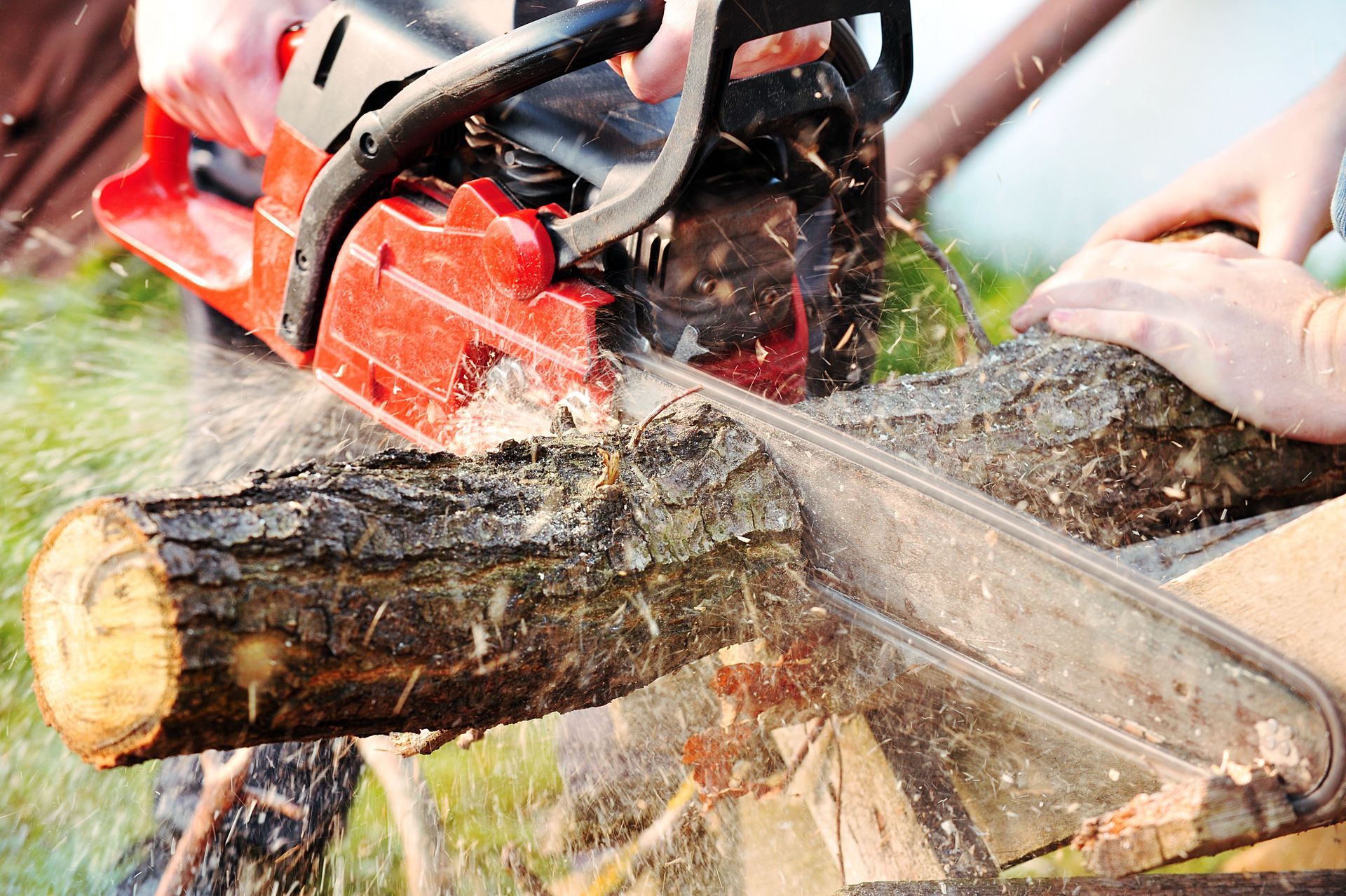
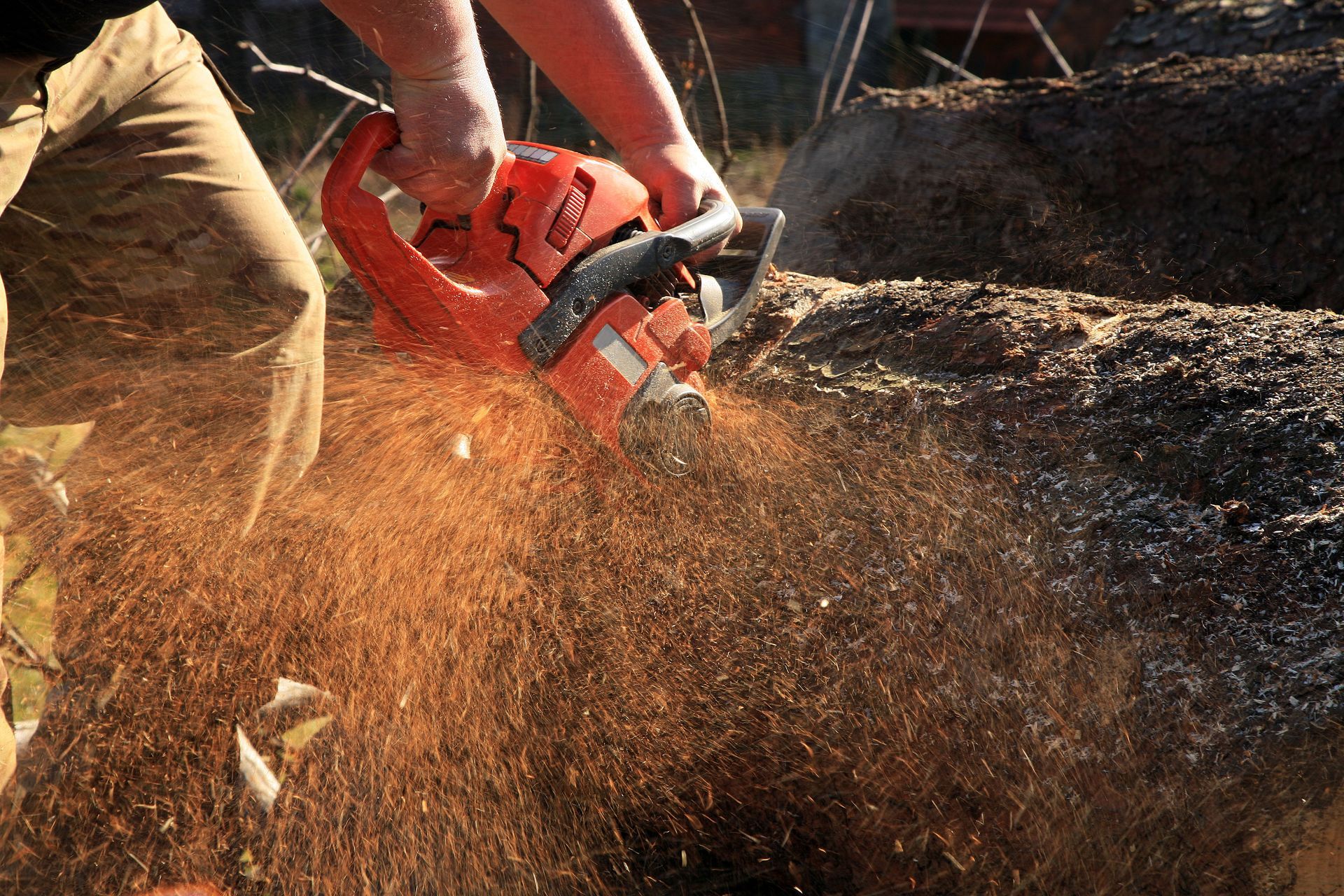
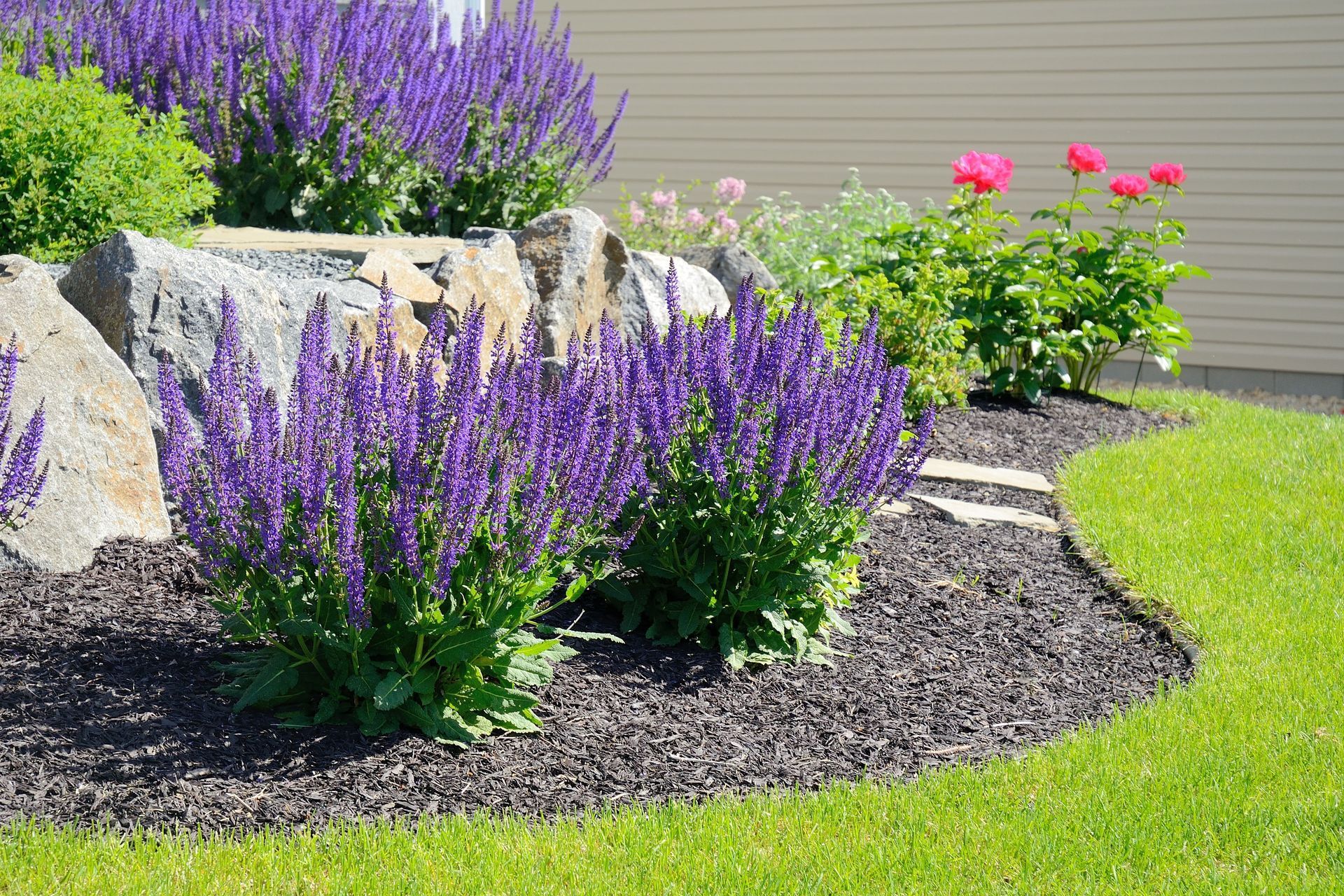
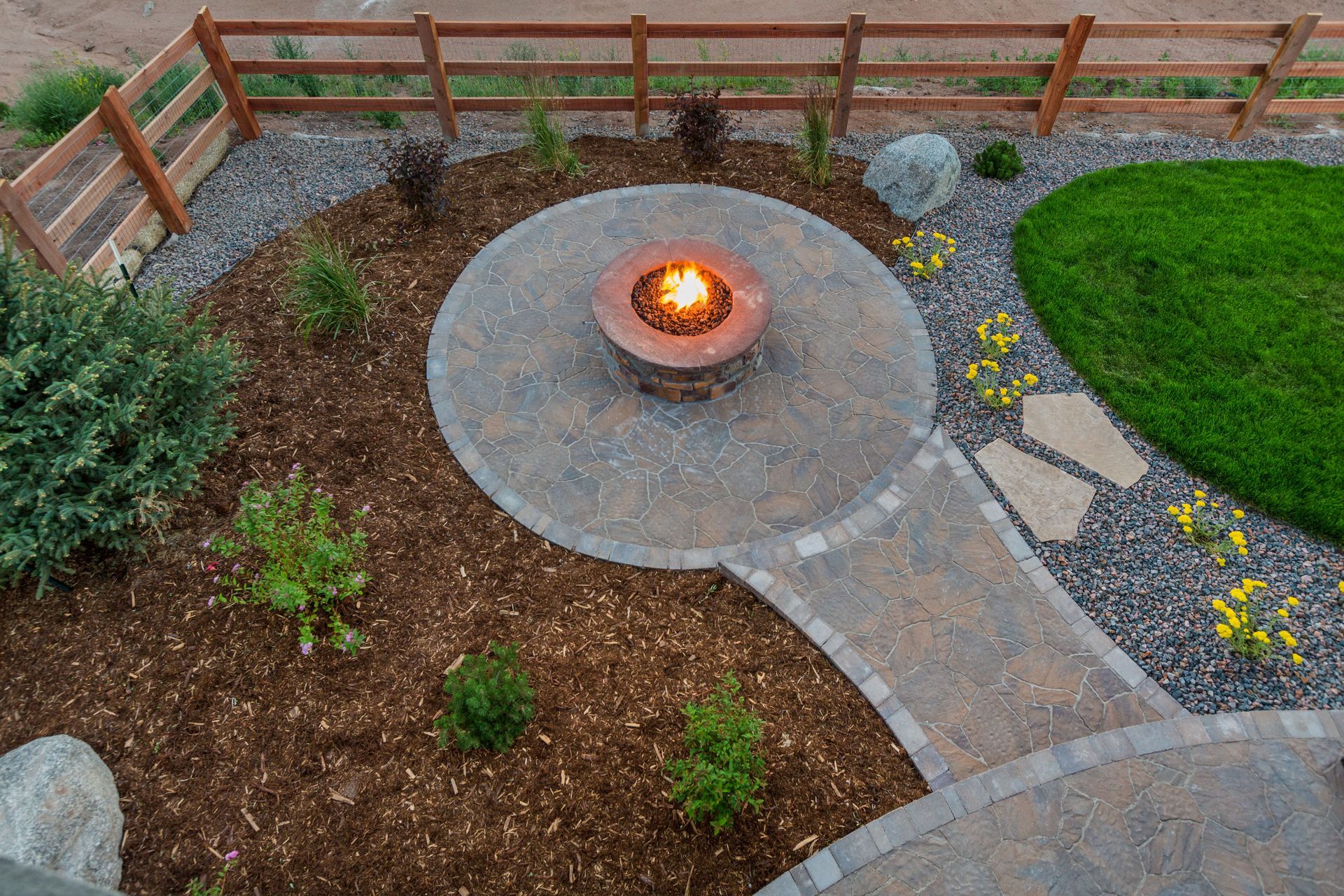
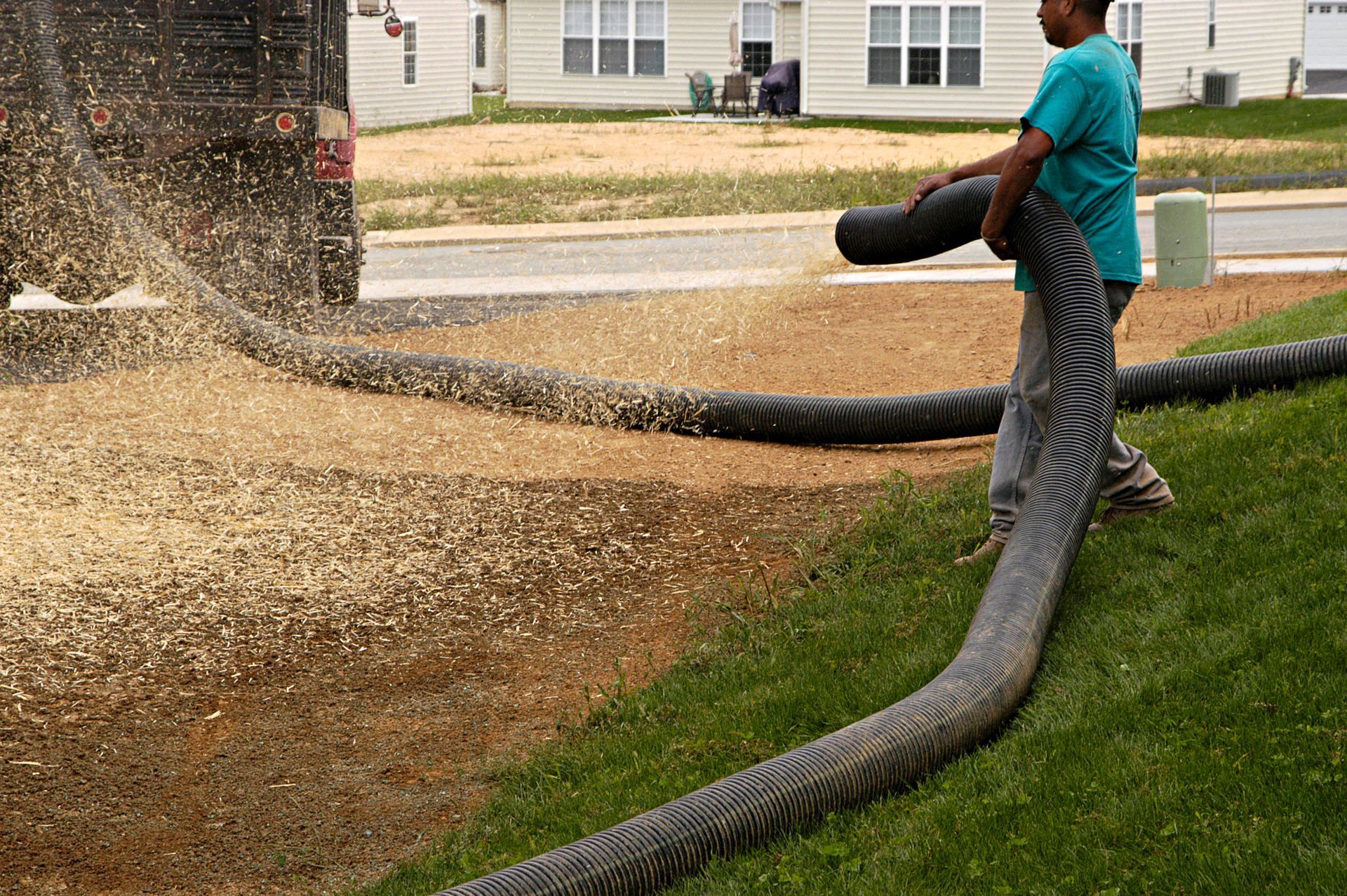
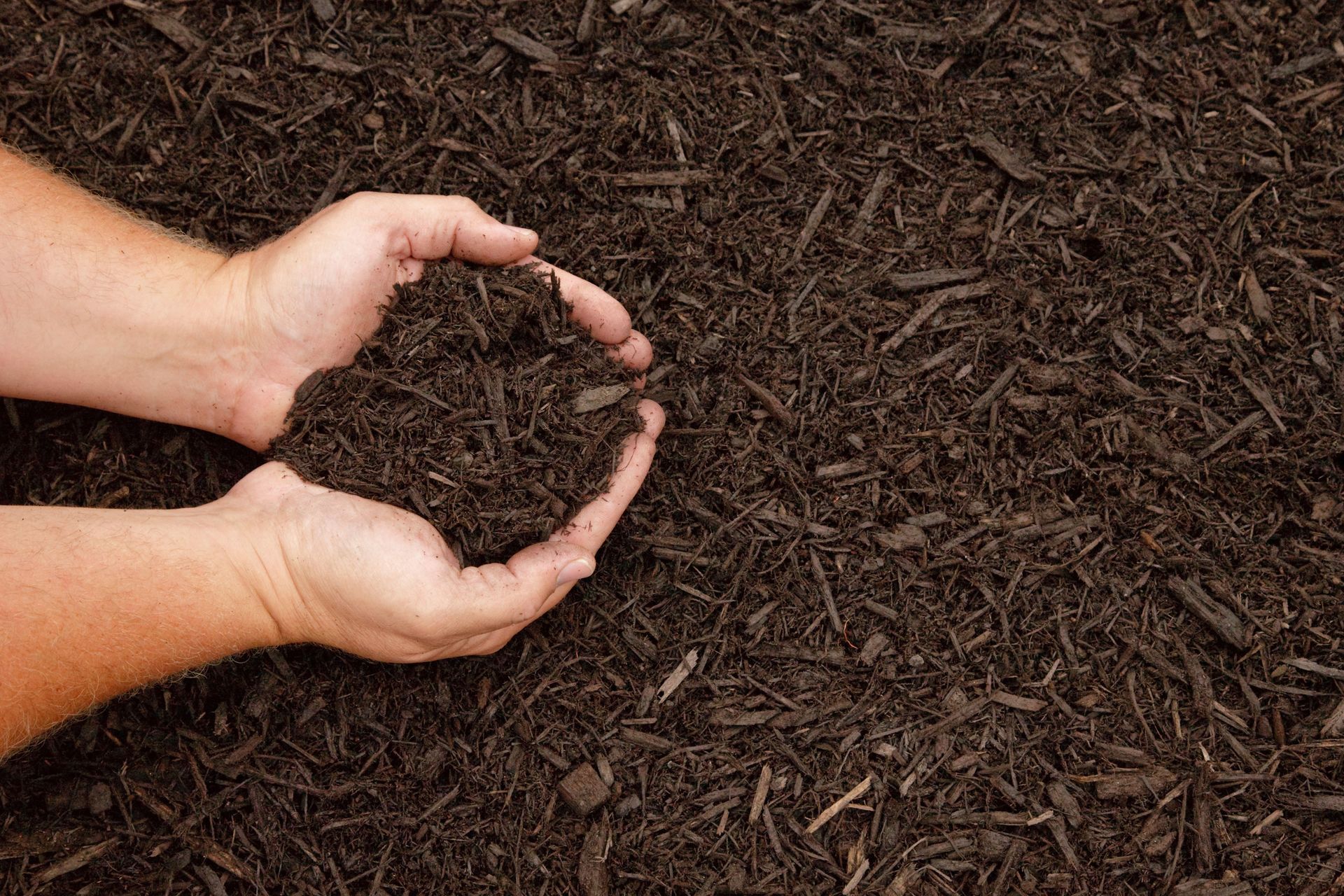
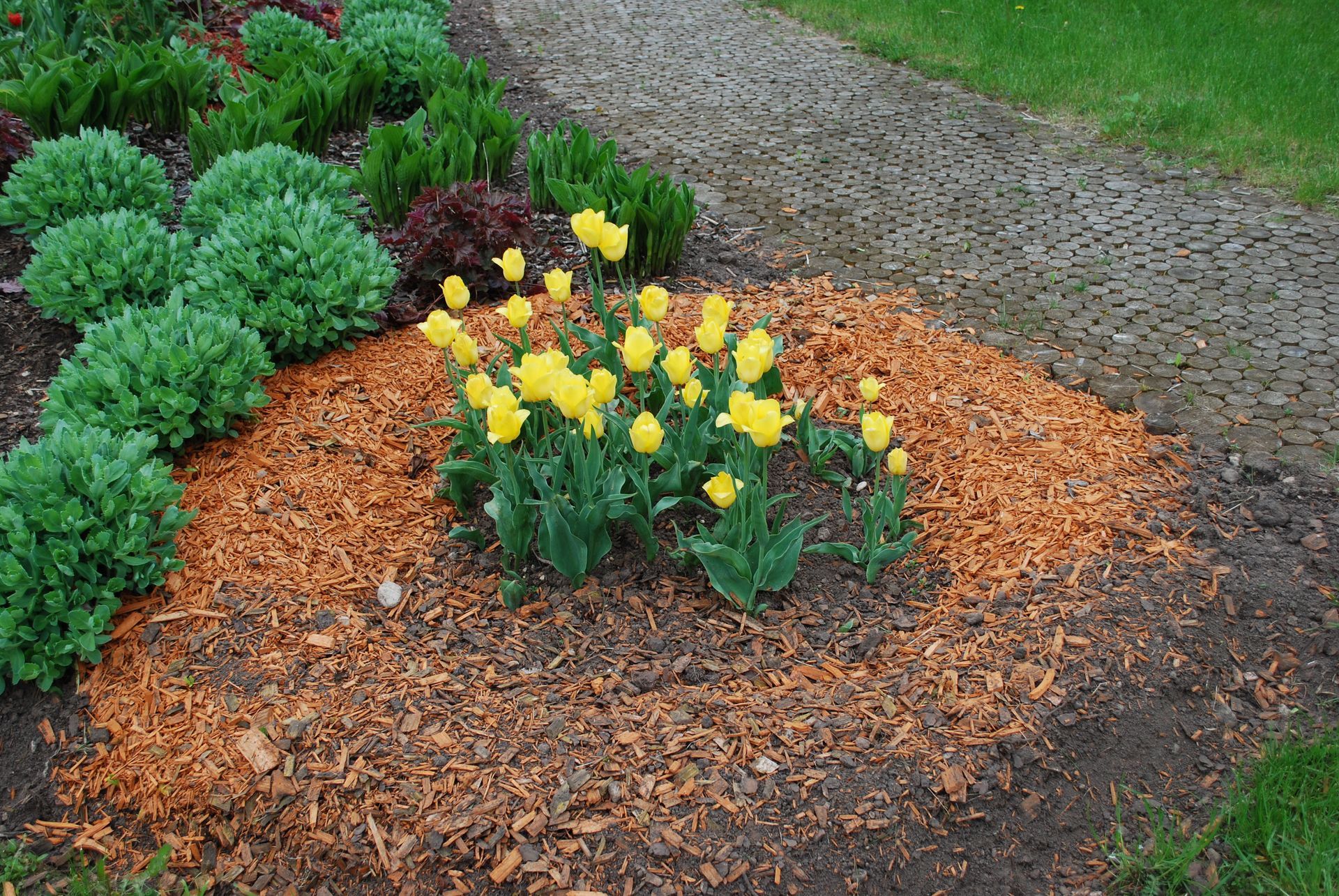
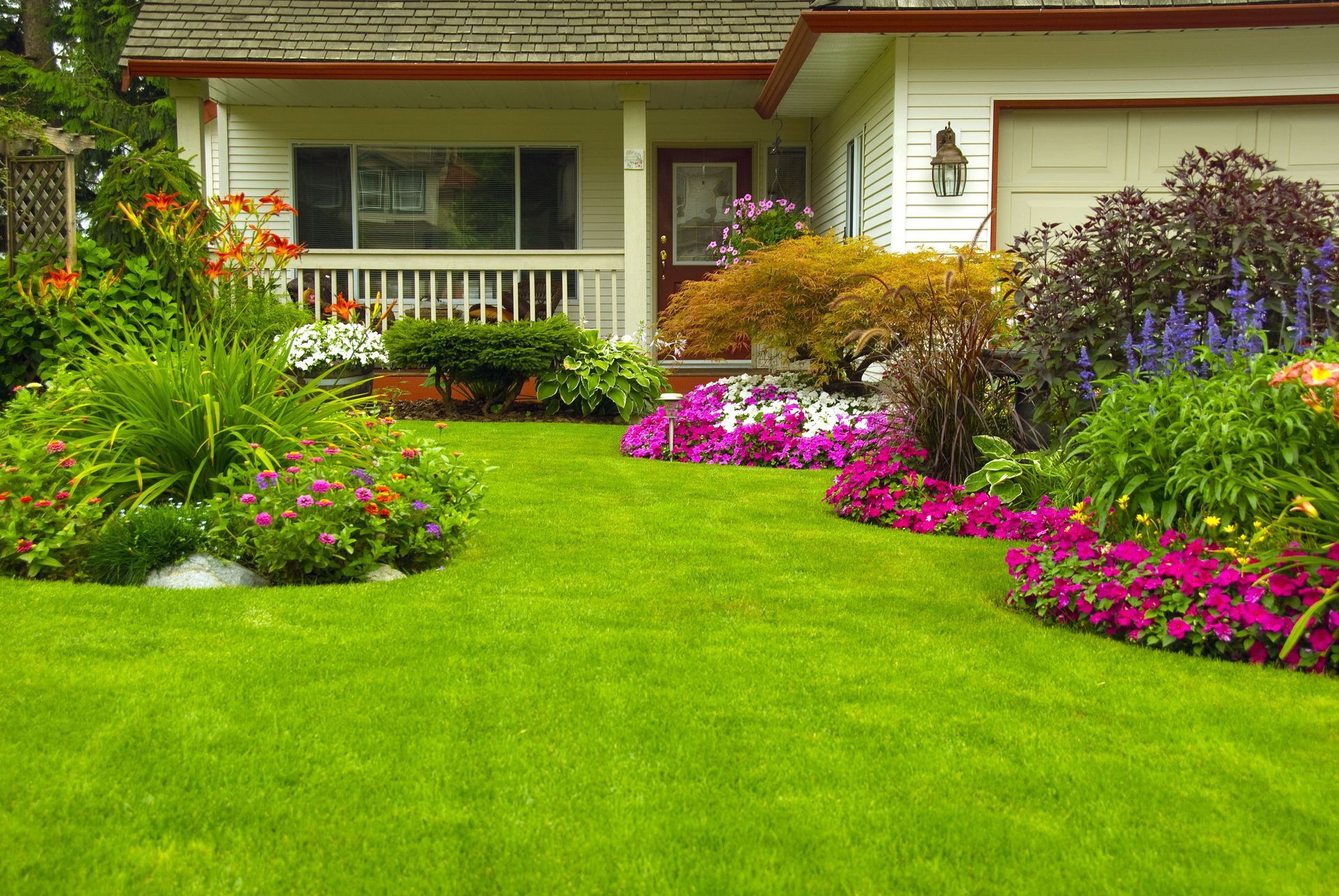
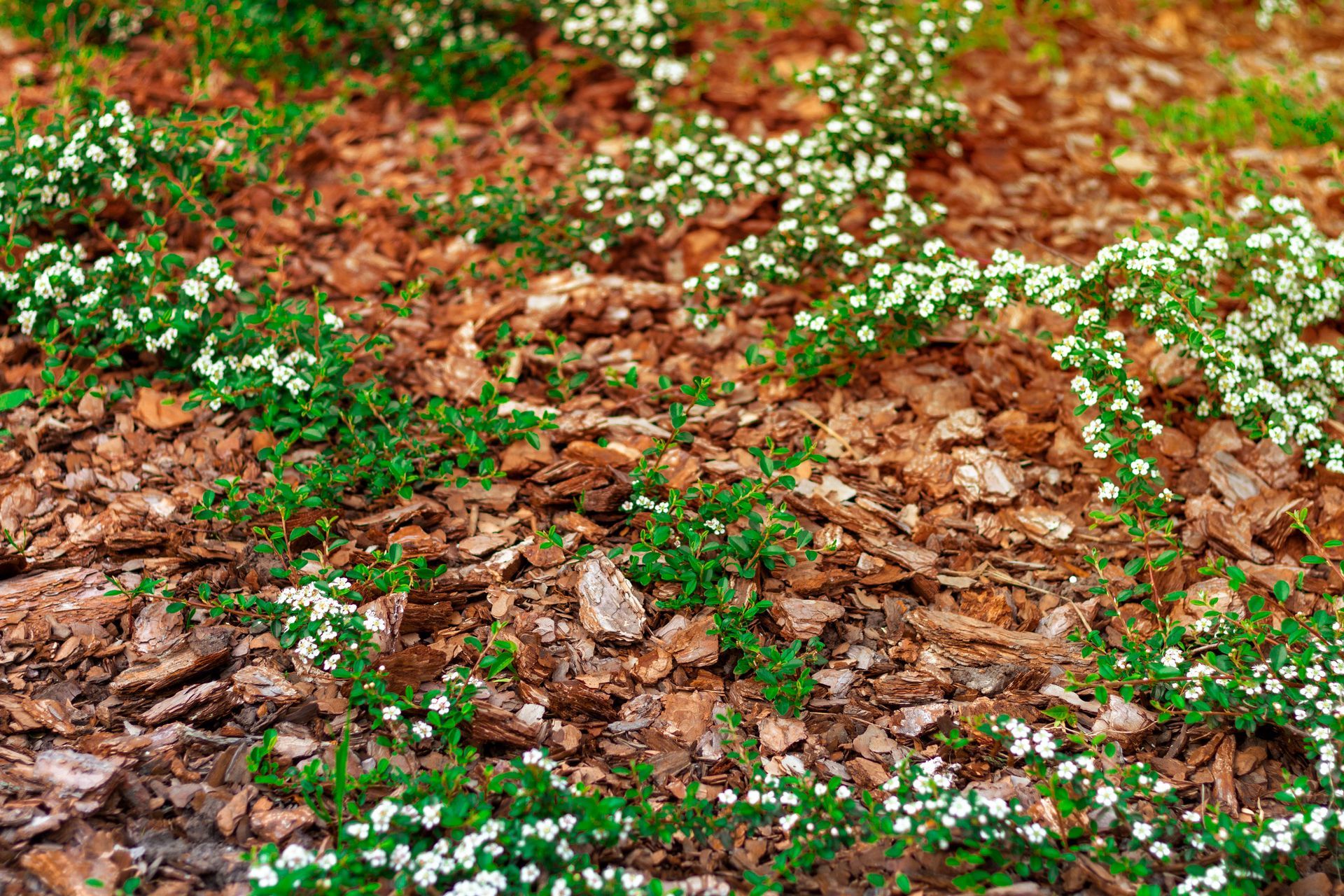
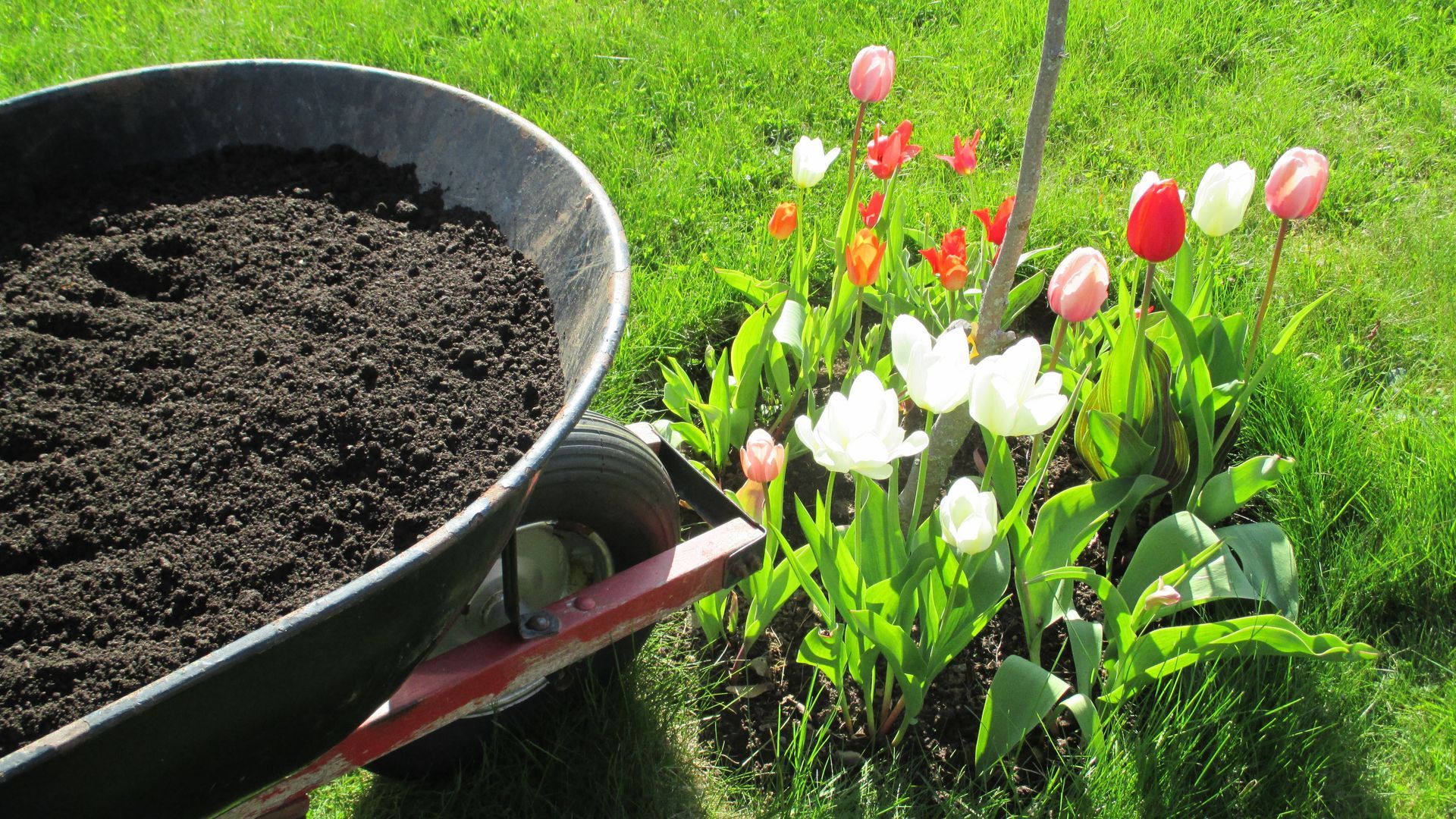
Share On: